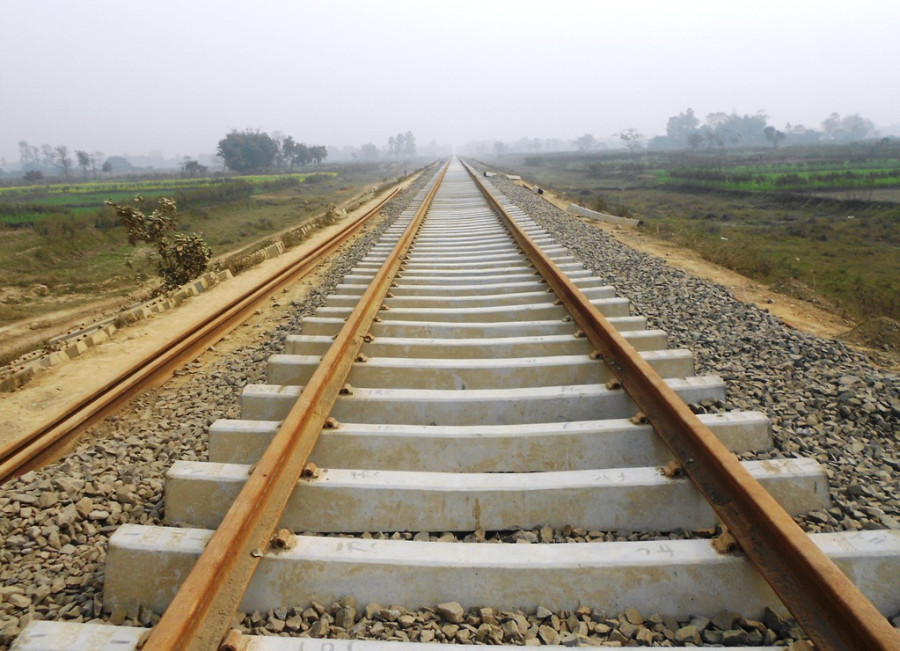Money
India allocates budget for the proposed Raxaul-Kathmandu electrical rail blueprint
Once the detailed project report gets finalised, it will take five years laying the railway track from the start date,say Nepali officials.
Suresh Raj Neupane
India unveiled this month, its federal budget for fiscal year 2020-2021.
However, the budget amount has not been disclosed, the officials said.
“Not disclosing the budget amount indicates that there is no clarity on whether India will bear all the expenses to prepare the report, said a source in the Foreign Ministry.
Bala Ram Mishra, director general at the Department of Railways said that he has also heard about the allocation of budget for the preparation of the report. “We have got information informally, regarding the budget allocation.”
India concluded a pre-feasibility study (pre-engineering and traffic service) of Raxaul-Kathmandu electric railways and submitted the report to Nepal in mid-May last year. The report suggested four alternatives and it was said at the time that a detailed project report will be prepared by choosing one among the four alternatives.
Prime Minister KP Sharma Oli and Indian Prime Minister Narendra Modi inked a memorandum paper for the pre-feasibility study of Kathmandu-Raxaul railway service during the 4th seminar on the Bay of Bengal Initiative for Multi-Sectoral Technical and Economic Cooperation, in Kathmandu, two years ago.
After that, the Konkan Railway Corporation of the Indian government, in cooperation with the Nepal government, prepared a report after conducting an eight-month study with four alternatives. The report provided detailed information on the total length of the Raxaul-Kathmandu railway, including the technical aspects of the project.
The report showed that there could be two routes — a long route and a short route. The long route would span 192 km while the short route, 136 km. Nepal wrote a letter to the corporation to prepare a detailed project report, selecting the shorter one. There will be a 42 km tunnel on the 136 km shorter route. The railway will start from the dry port of Birgunj and will pass from Jitpur, close to the proposed second international airport at Nijgadh. The last station of the railway is proposed to be Chobhar, Kathmandu.
“The expected amount to be spent on the project is Rs300 billion and it will take five years to complete,” said Mishra.
Though a detailed project report has been proposed to Indian side, there is still a dilemma on whether the line would be a broad gauge or standard gauge. Most of the railway network in India is based on broad gauge technology.
Nepali technicians say the broad gauge technology has become old and Raxaul-Kathmandu railway needs to be based on the standard gauge. The East-West electric railway, which is under construction, is using standard gauge. The proposed Kerung-Kathmandu railway has also been finalised as standard gauge. So, to bring uniformity, Nepali technicians say the Raxaul-Kathmandu railway line needs to be standard gauge.
“India is saying broad gauge. We can make it that on our own, later. The detailed project report will not create a problem for it,” according to Mishra.
It is expected that it would take a minimum of a year to prepare a detailed project report. The agreement of Raxaul-Kathmandu railways between Nepal and India, states that the pre-feasibility, including detailed project report needs, to be concluded within a year.
Once the detailed project report gets finalised, it will take five years laying the railway track from the start date, said the Nepali officials.




 19.12°C Kathmandu
19.12°C Kathmandu














